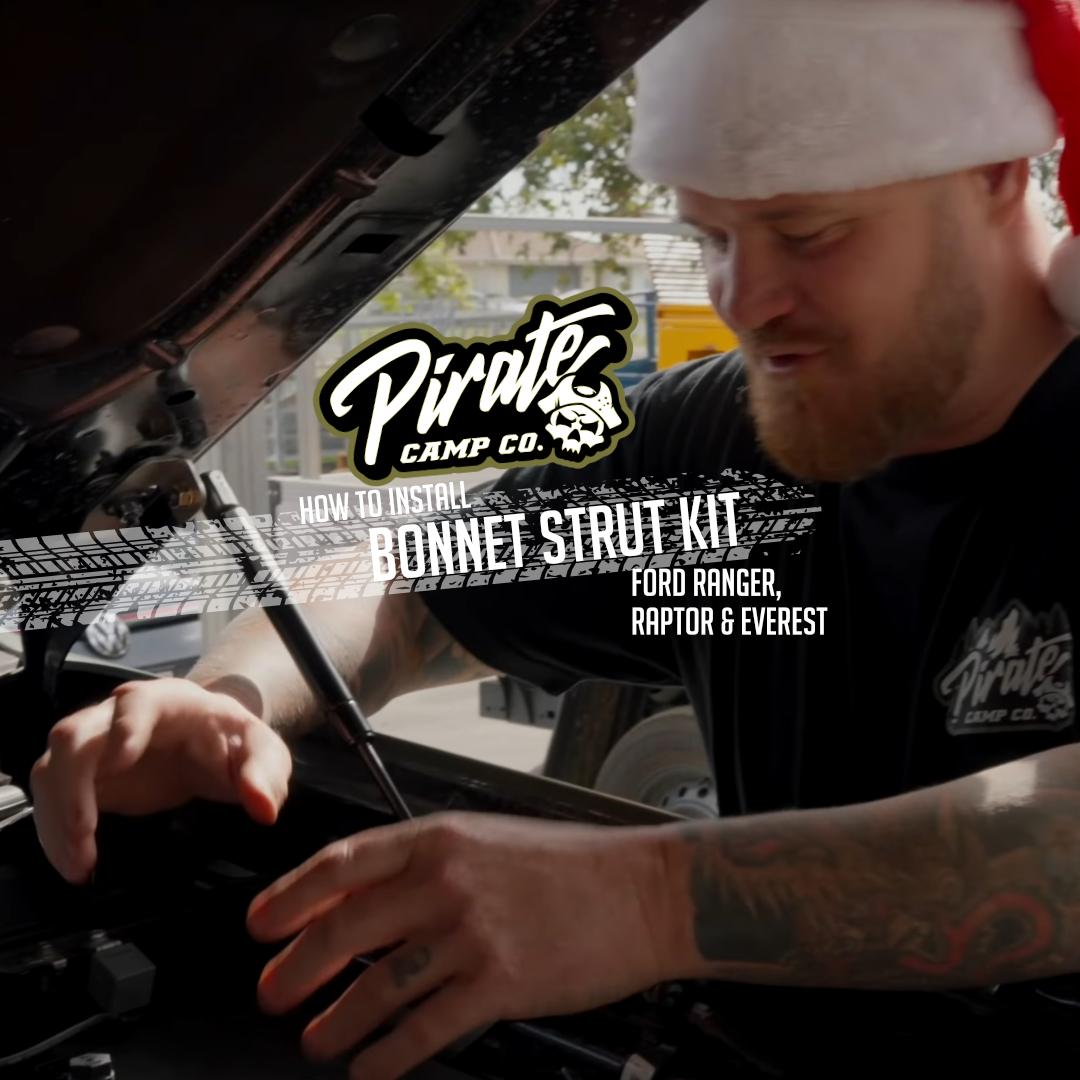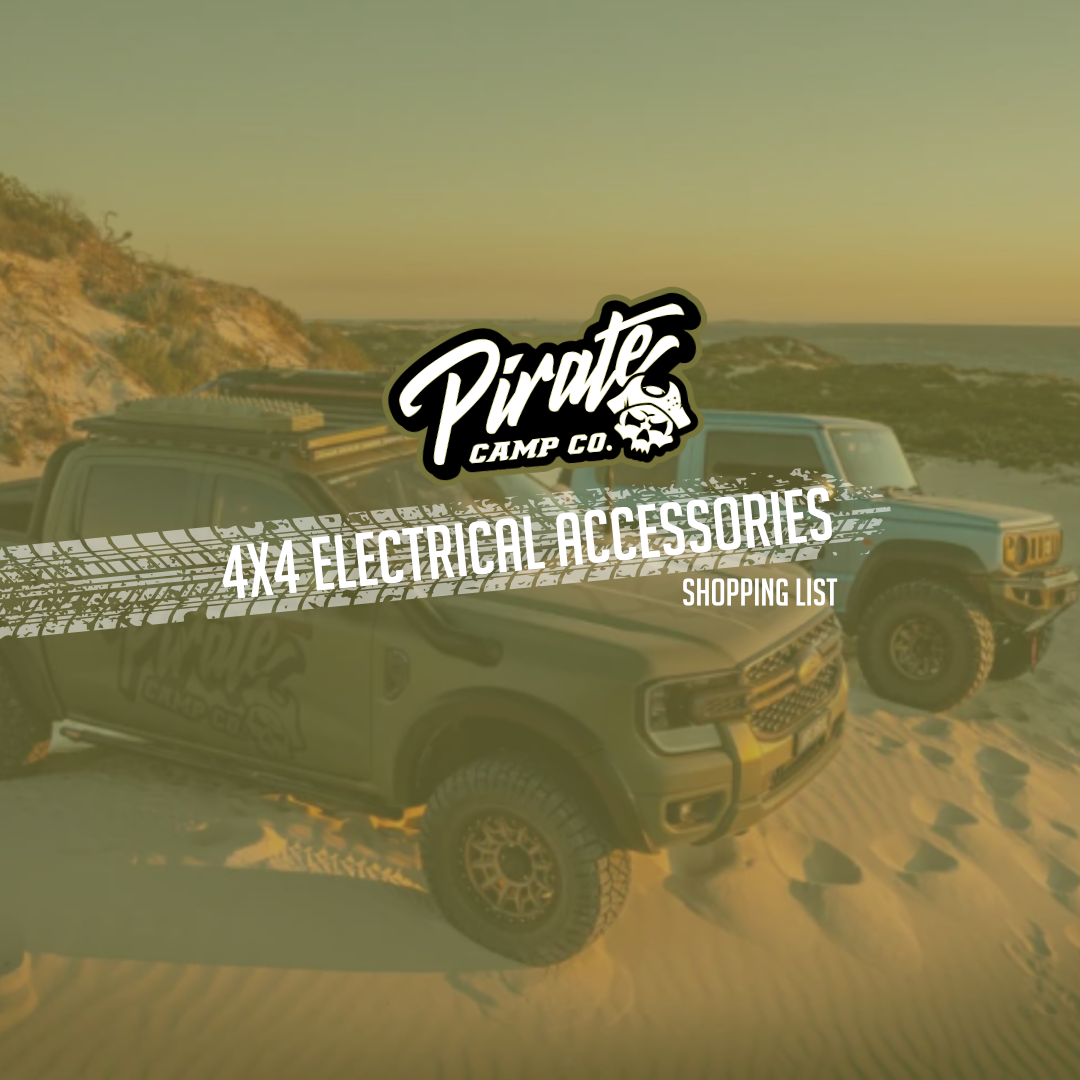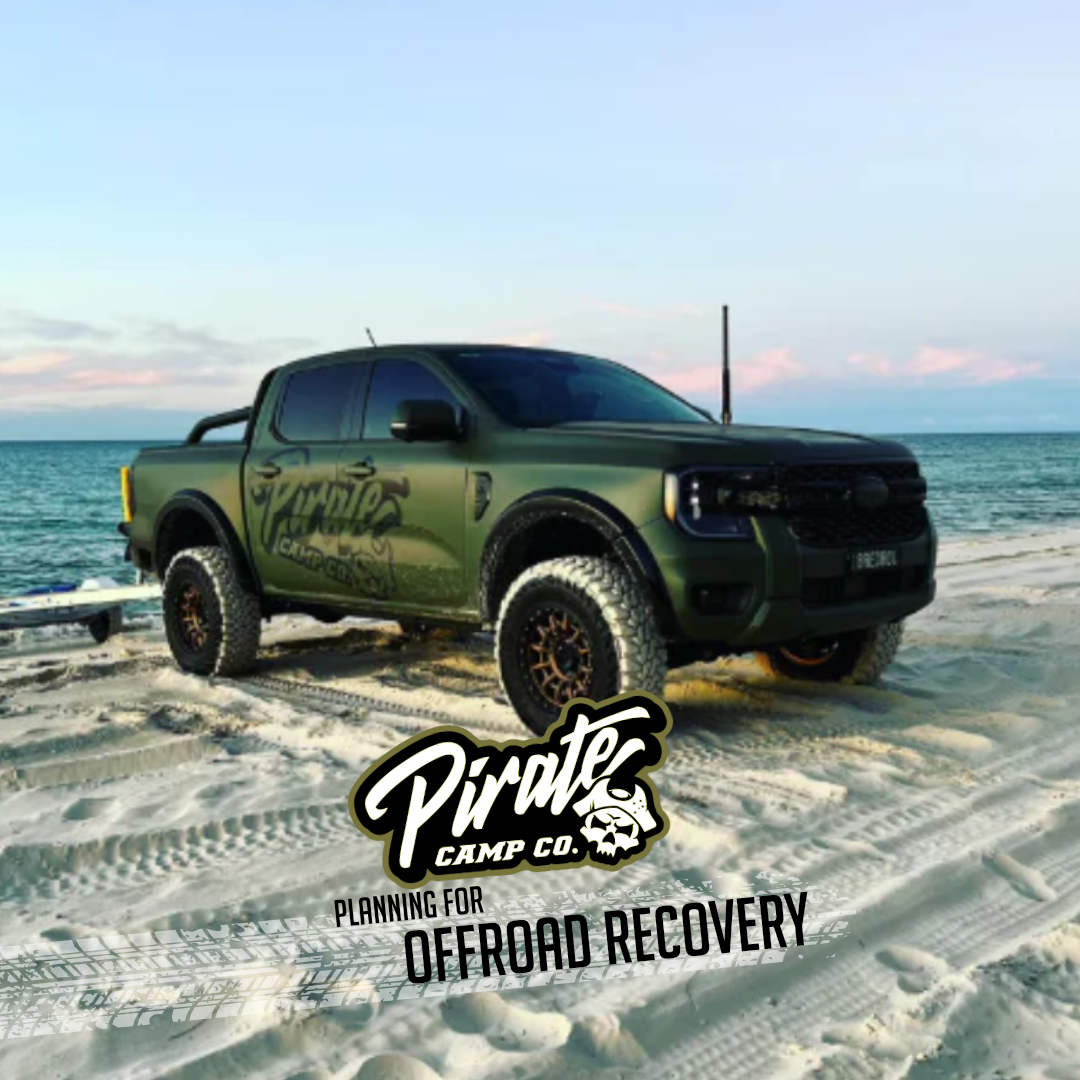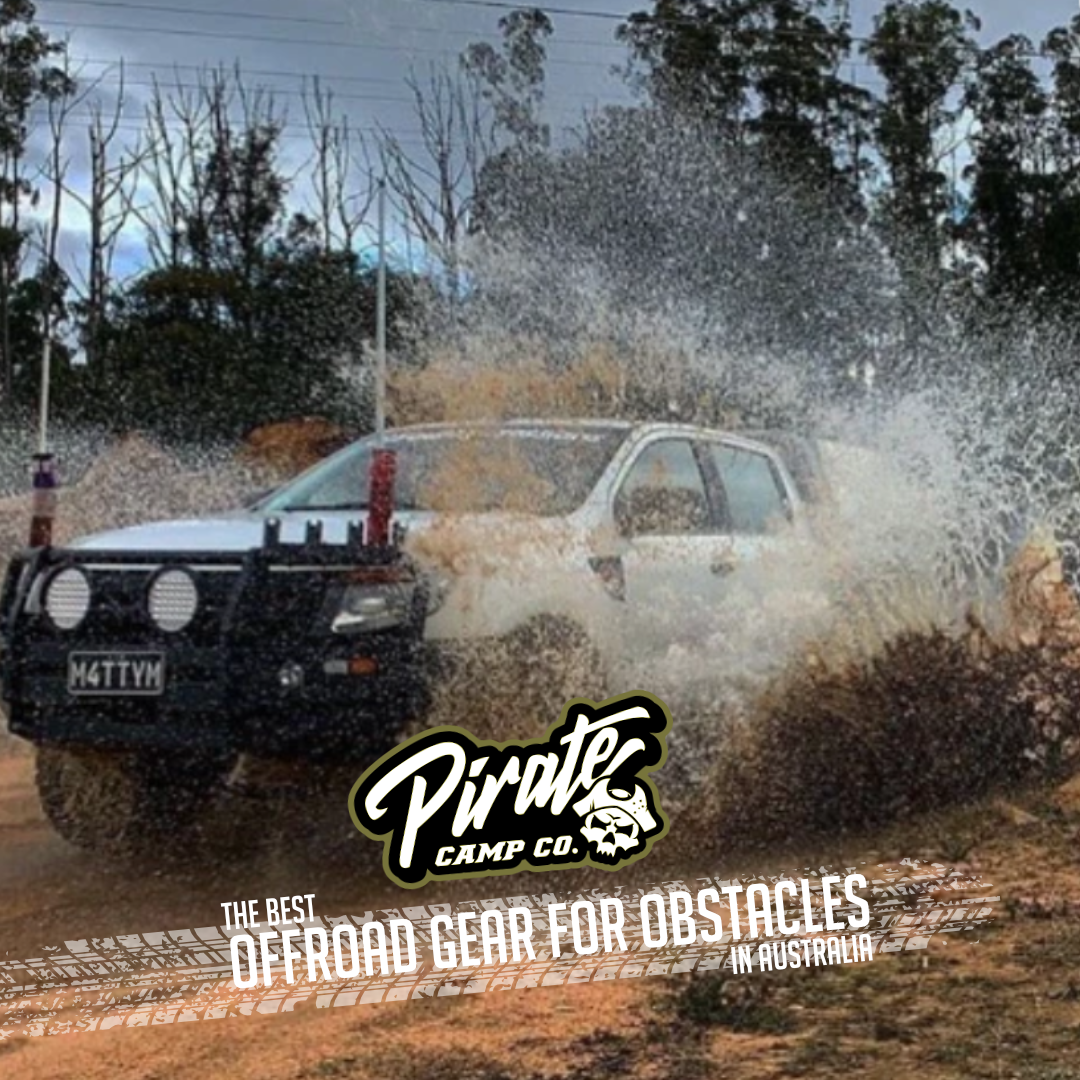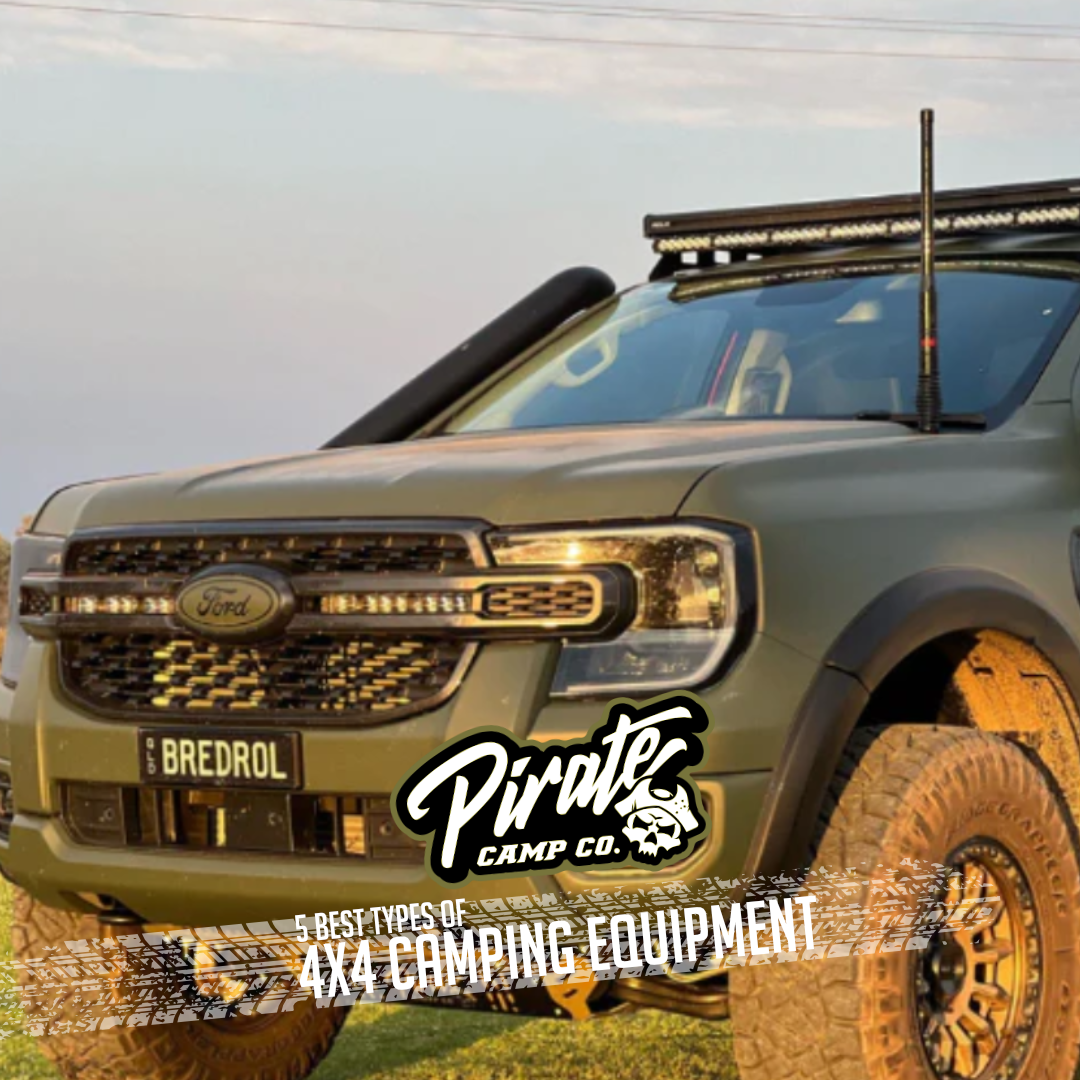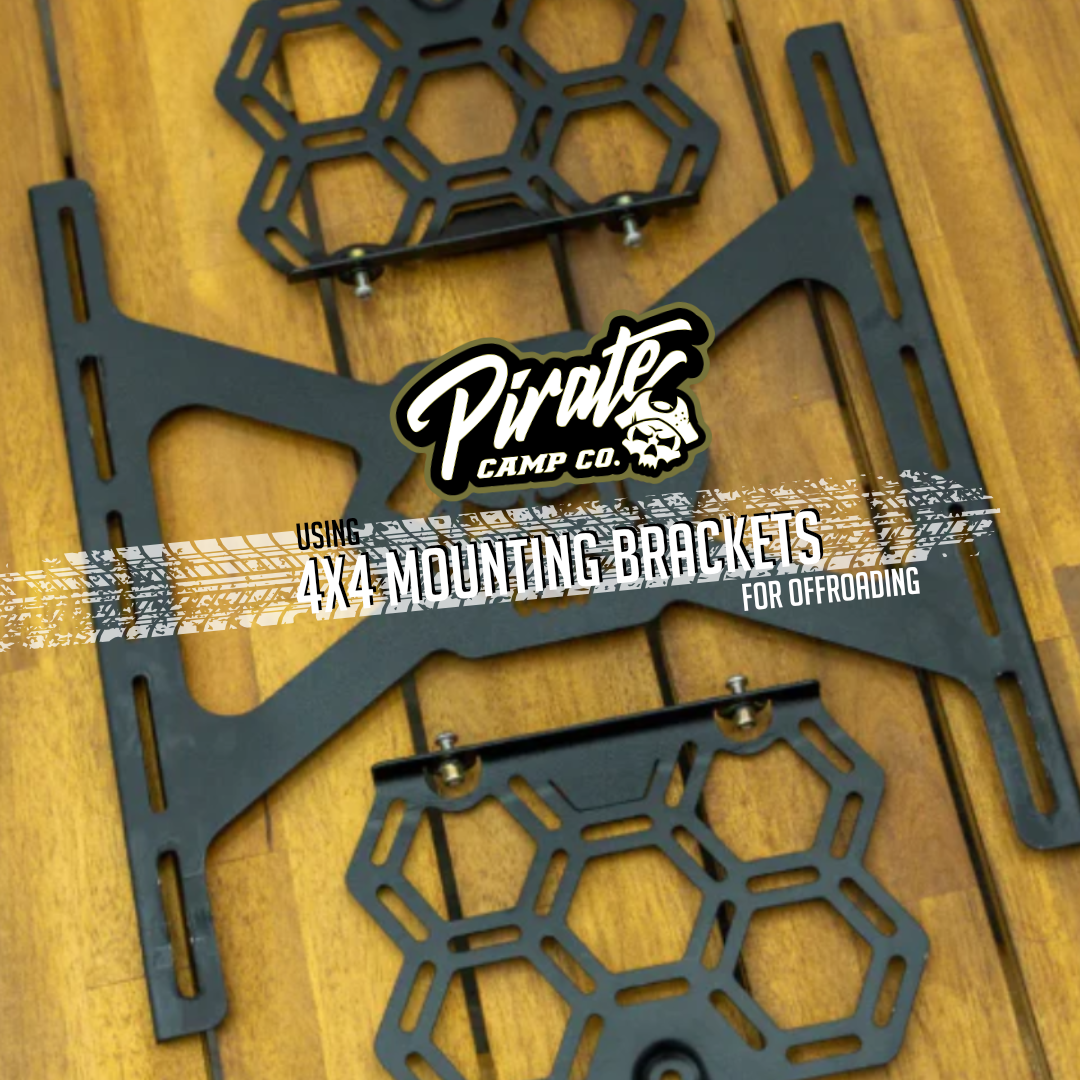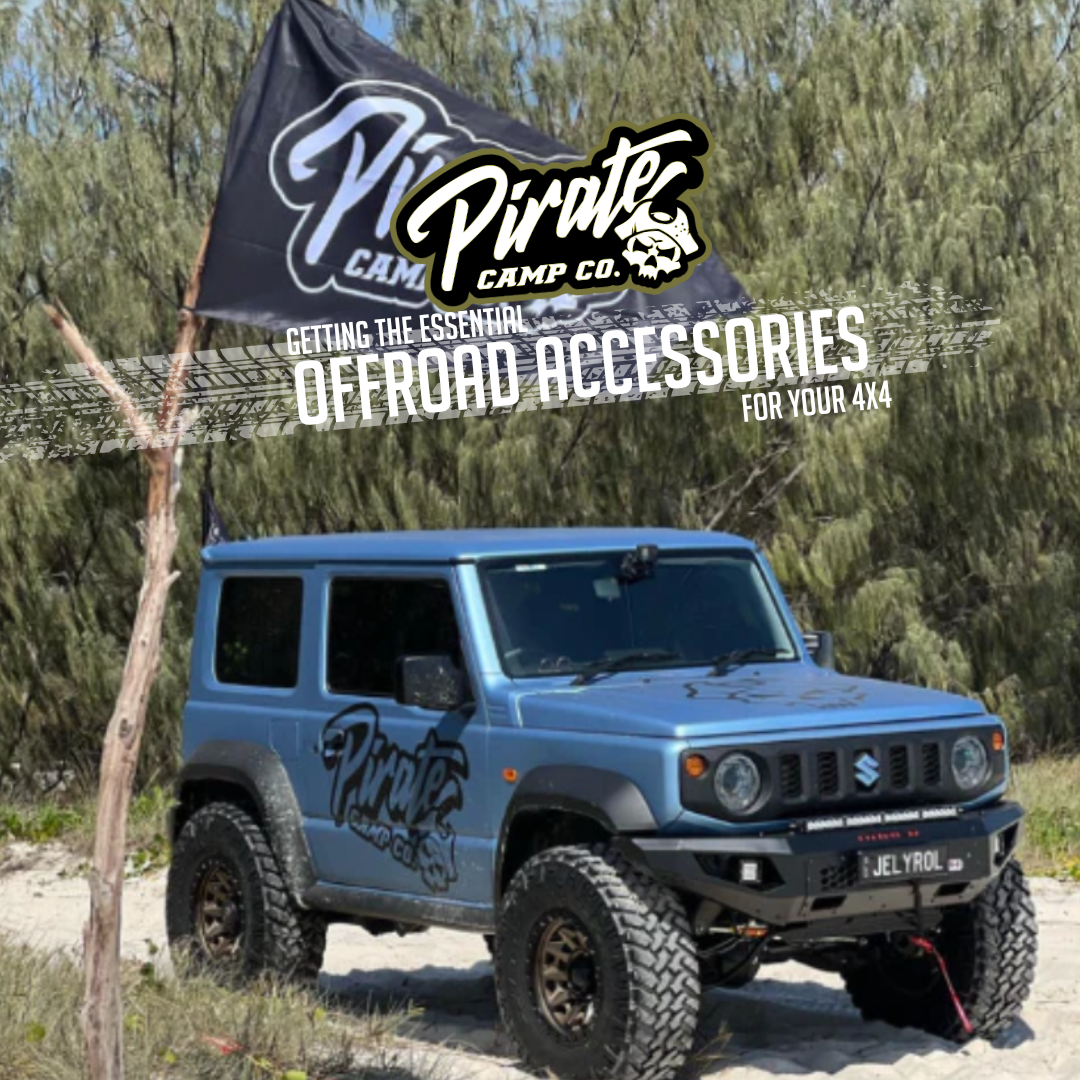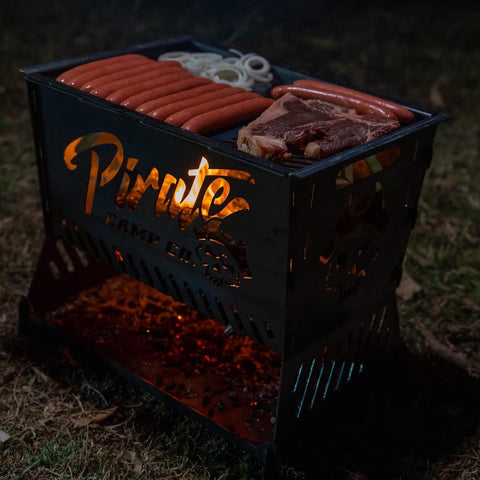
5 Best Types of 4x4 Camping Equipment
Summer is coming, and that means camping! But if you haven’t started planning for this summer’s camping adventure, now is a great time to start. To help you get in gear, we list the top five types of 4x4 camping equipment that you can’t do without.
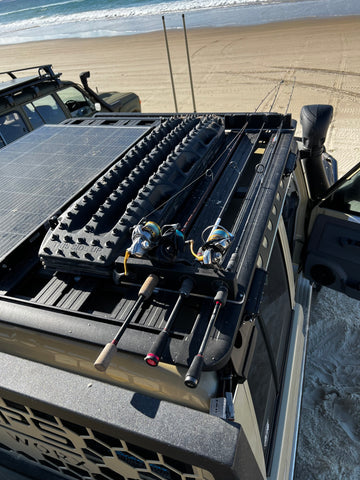
1. Rooftop Tent
Roof tents are a popular choice for off-road camping in Australia due to their convenience and elevated sleeping arrangements. When considering a roof tent for your 4x4 off-road adventures in Australia, take the following factors into account:
- Tent type: Decide between a hardshell roof tent, which offers faster setup and greater durability, or a softshell tent, which tends to be more affordable and lighter.
- Vehicle compatibility: Ensure the roof tent is compatible with your specific 4x4 model and roof rack system. Consider weight limits and roof dimensions.
- Ease of setup: Find a roof tent with a straightforward and quick setup process, especially if you plan to move frequently or set up camp in low-light conditions.
- Sleeping capacity: Choose a roof tent that comfortably accommodates the number of people you plan to camp with. Most roof tents fit two to four people.
- Interior space: Evaluate the interior space of the tent, including headroom and sleeping area, to ensure it's comfortable for you and your camping companions.
- Ventilation: Proper ventilation is essential, particularly in hot and humid Australian conditions. Look for roof tents with windows, vents, and mesh panels for airflow.
- Material and durability: Check the quality of the tent's fabric, zippers, and seams. Australian terrain can be harsh, so durability is crucial.
- Weight: Keep in mind the added weight of the roof tent when calculating your vehicle's load capacity. Lighter tents are ideal for fuel efficiency and off-road performance. Confirm that your roof rack can handle the additional weight of the roof tent and any other gear you plan to carry.
- Access ladder: Ensure the tent comes with a sturdy and easy-to-use access ladder that can be adjusted to accommodate different vehicle heights.
- Weather resistance: Check if the tent is designed to withstand Australian weather conditions, including rain, wind, and UV exposure.
- Storage and transport: Consider where you'll store the roof tent when not in use and how easy it is to transport, as it will be on your vehicle's roof.
2. Awning
An awning is a must when it comes to staying out of the elements when not in your tent. Consider these factors to ensure that it meets your needs and can withstand the varied weather conditions and terrain:
- Awning type: There are different types of awnings, including roll-out awnings, batwing awnings, and standalone awnings. Choose the type that suits your camping style and vehicle setup.
- Size and coverage: Determine the size of the awning based on the amount of shade and coverage you need. Consider how many people it should comfortably shelter and if it should cover additional gear or cooking equipment.
- Material and durability: Look for awnings made from high-quality, UV-resistant, and waterproof materials. Australian weather can be harsh, so durability is a must.
- Ease of setup: Just like a tent, try to find one with a straightforward and quick setup process. You'll appreciate this when setting up camp in varying conditions.
- Mounting compatibility: Ensure the awning is compatible with your vehicle's roof rack or roof bars. Check the installation requirements and whether you need 4x4 mount brackets to install it properly.
- Adjustability: Consider whether the awning allows for adjustable height and angle settings to adapt to different terrain and sun positions.
- Ventilation: Proper ventilation is essential to prevent heat buildup under the awning. Some awnings have built-in vents or mesh panels for airflow.
- Stability and wind resistance: Choose an awning that is stable or that can be secured in windy conditions. Guy ropes and stakes can help secure the awning if necessary.
- Weight and portability: Consider the weight of the awning, especially if you have a roof-top tent or other gear on your vehicle's roof. Lightweight awnings are ideal for fuel efficiency.
- Weather resistance: Verify that the awning is designed to handle rain, wind, and UV exposure, which are common in Australia.
- Storage and transport: Think about where you'll store the awning when not in use and how easy it is to transport, especially if it needs to be removed frequently.
3. Food Storage and Cooking Supplies
Camping isn’t complete without food and that means making sure you have your food storage and cooking needs covered. So this section covers the must-have storage and cooking supplies you should add to your 4x4 camping equipment.
For proper food storage consider these essentials:
- Cooler or fridge
- Ice packs or ice blocks
- Storage containers
- Waterproof dry food storage
- Camp stove or portable BBQ
- Cookware and cooking utensils
- Cutlery and tableware
- Fuel and reliable ignition
4. Off-Road Recovery Equipment
No camping experience can be complete without off-road recovery equipment. Summer in Australia can be wet, and you could always face changing weather conditions that impact the terrain you’re on. So always take the following recovery gear to ensure you have what you need to rescue your vehicle if it gets stuck:
- Recovery straps: These heavy-duty straps are designed to stretch and recoil to pull out a stuck vehicle.
- Tow rope: The same concept as recovery straps, but because it doesn’t stretch, it’s designed for slow controlled pulls.
- D shackles: These U-shaped metal connectors can attach the straps or ropes you’re using for recovery to your vehicle.
- Winch: Especially useful if you’re out on your own, a winch is a mechanical device mounted on your vehicle that can pull you or other vehicles out of tough spots.
- Winch extension strap: In case your winch can’t reach anchor points, this strap helps you reach those points for secure pulling.
- Snatch block: When you need to make angled recoveries, a snatch block can adjust the direction of your winch.
- Recovery tracks: Sometimes called traction mats, these tracks provide the traction your tires need if you are in mud or sand.
- Shovel and basic hand tools: A collapsible shovel is useful if you need to dig around your tires to clear obstacles or create a path. Hand tools, such as wrenches, pliers, and screwdrivers, help when you need to make minor adjustments or repairs.
- Tire repair kit: Include a jack, tire plugs, and compressor to quickly address tire issues.
5. Travel Fire Pit
While summer nights might hit a cold spell, depending on your location, a collapsible travel fire pit offers plenty more to your summer camping experience than just warmth, such as:
- Ambience: After a day enjoying the outdoors, there’s nothing like sitting by an open fire and relaxing. Even on hot nights, a fire adds a special touch to enhance the evening.
- Cooking option: Some people enjoy roasting food over an open flame, and a travel fire pit makes setting up a fire simple, safe, and easy.
- Social gathering: A beautiful fire offers a central place for people to gather and provides a welcoming atmosphere.
- Responsible option: A collapsible fire pit fits into the leave-no-trace framework, making it an environmentally friendly option for your camping experience.
Start prepping for summer camping now and gather the must-have supplies missing from your camping gear. From recovery equipment to travel fire pits that enhance your camp, Pirate Camp Co. has just what you need for 4x4 camping equipment.






